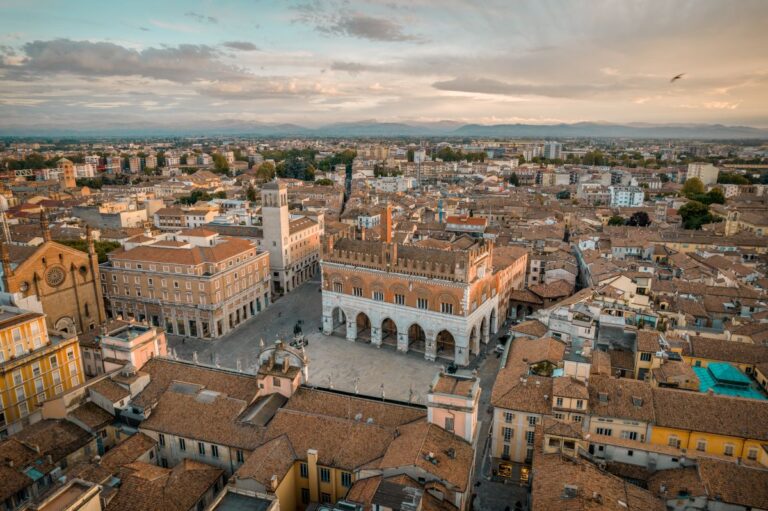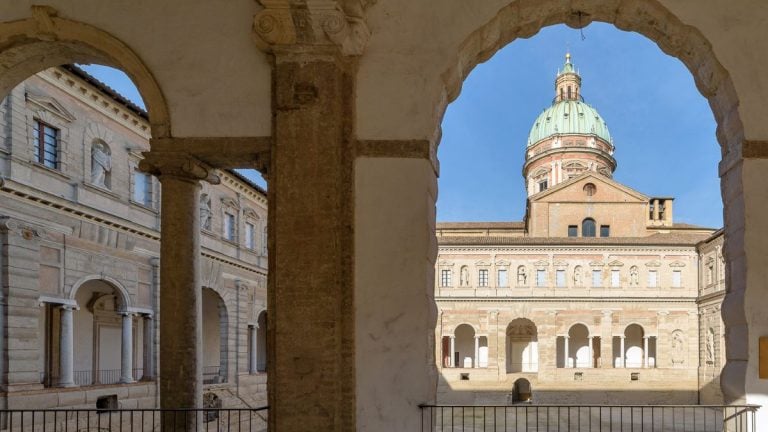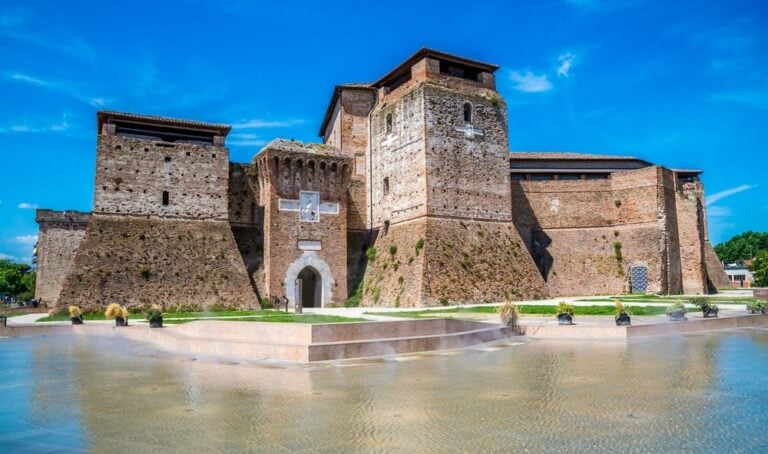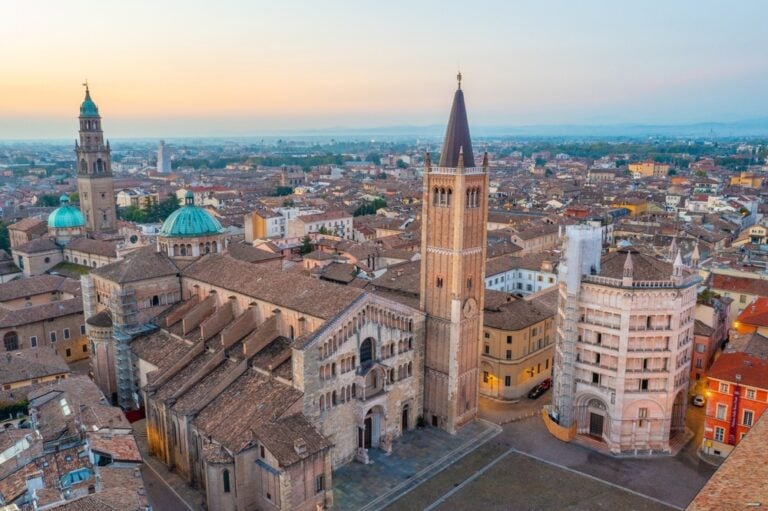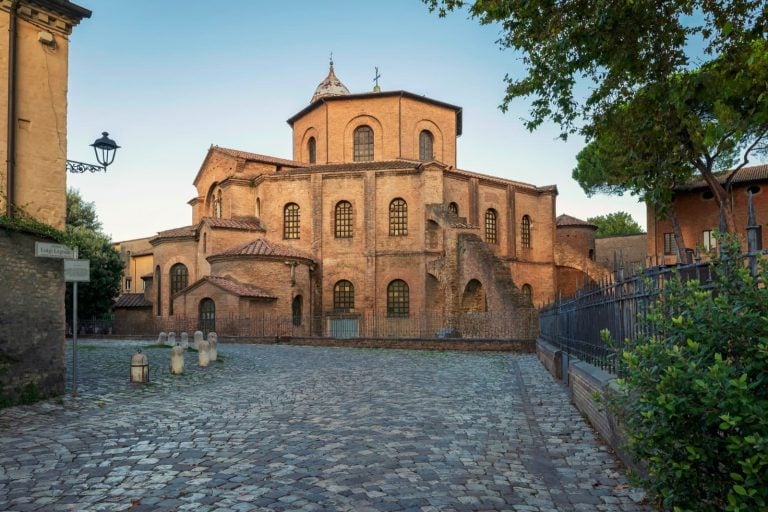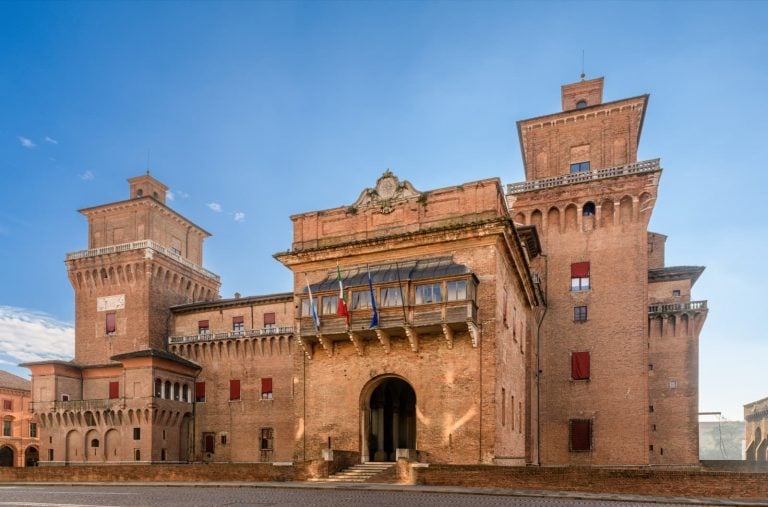Capital of the Ducato Estense, Unesco heritage site, land of motors. And also the birthplace of Luciano Pavarotti and home of sublime culinary traditions. Modena is a city of outstanding achievements, whose fame has spread from the province of Emilia to the whole world.
It is therefore not surprising that there are so many things to see in the city, from the best known to the most surprising: the famous Piazza Grande, which together with the Cathedral and the Torre Ghirlandina has been a UNESCO World Heritage Site since 1997, but also the Acetaia Comunale and the Museo Enzo Ferrari.
This is just a foretaste of our 10-stage walking tour, a journey through the old town that will take you through typical alleys and grand squares, in search of Modena’s most authentic soul. Let’s set off!
1. Galleria Estense
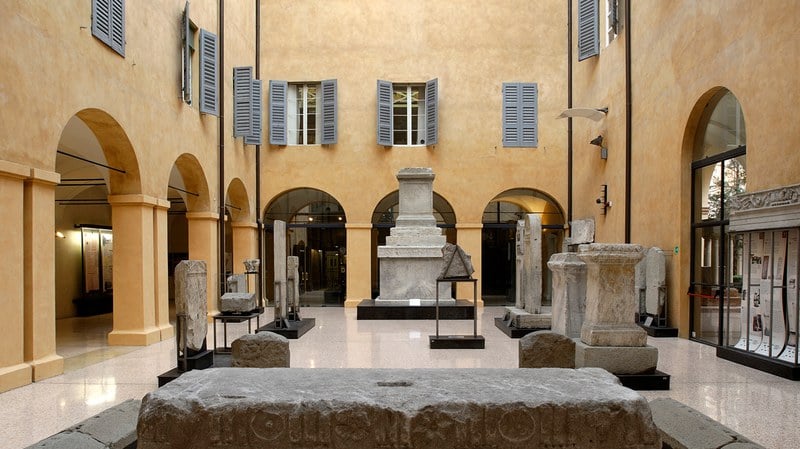
Our trip to Modena starts with a visit to the Palazzo dei Musei, home to numerous artistic and cultural institutions such as the Biblioteca Estense university library, the Museo Civico and the renowned Galleria Estense. In addition to housing paintings ranging from the 14th to the 18th century, the Gallery is also a living testimony to the Este family’s love of art.
It was the noble ruling family – in Modena from the late 16th century to 1859 – that founded the collection a few years before leaving the city in 1854. Today the gallery houses a series of must-see masterpieces, including such names as Velázquez, El Greco and Bernini, but also Correggio, Tintoretto, Veronese and Guercino.
2. Piazza Grande
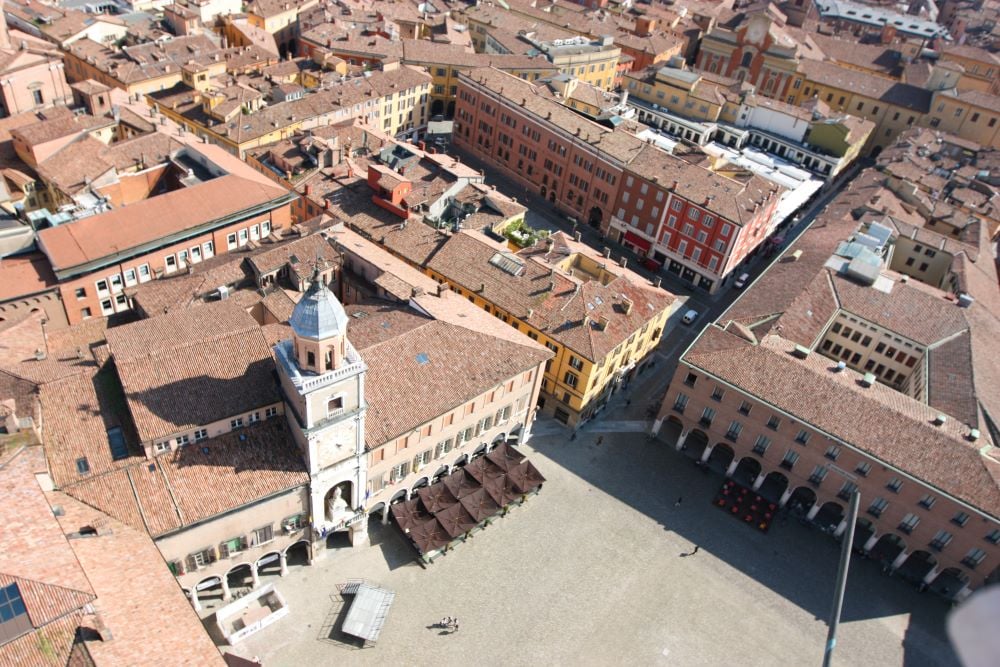
Let’s get to the heart of the Unesco heritage by visiting Piazza Grande, Modena’s main square. The political, religious and social heart of the city, the square is bordered by symbolic buildings such as the Palazzo Comunale, the Duomo and its Ghirlandina. In the past, the city market was held here, while today it hosts the colourful antiques fair.
The square has a thousand stories to tell, but two in particular can spark the curiosity of visitors, and they’re both related to the Palazzo Comunale. As we stand in front of the building, we can in fact notice a large rectangular slab of red marble: it is the so-called ‘Pietra Ringadora’ (stone that harangues, haranguer), used in the Middle Ages both as a pulpit for orators and as a place of public pillory for debtors. But the stone also had a rather macabre function, as it housed those corpses waiting to be identified.
The second curiosity features a statue called ‘La Bonissima’. Placed in a corner of the palace, it depicts a woman in medieval clothing with her hair gathered in a long plait. Her unusual name has led to various theories: some claim she represents a wealthy yet generous Modenese woman named Bona, others the Countess Matilda of Canossa, and still others that she symbolises the ancient municipal office of Bona Opinione.
3. The Cathedral and Ghirlandina Tower
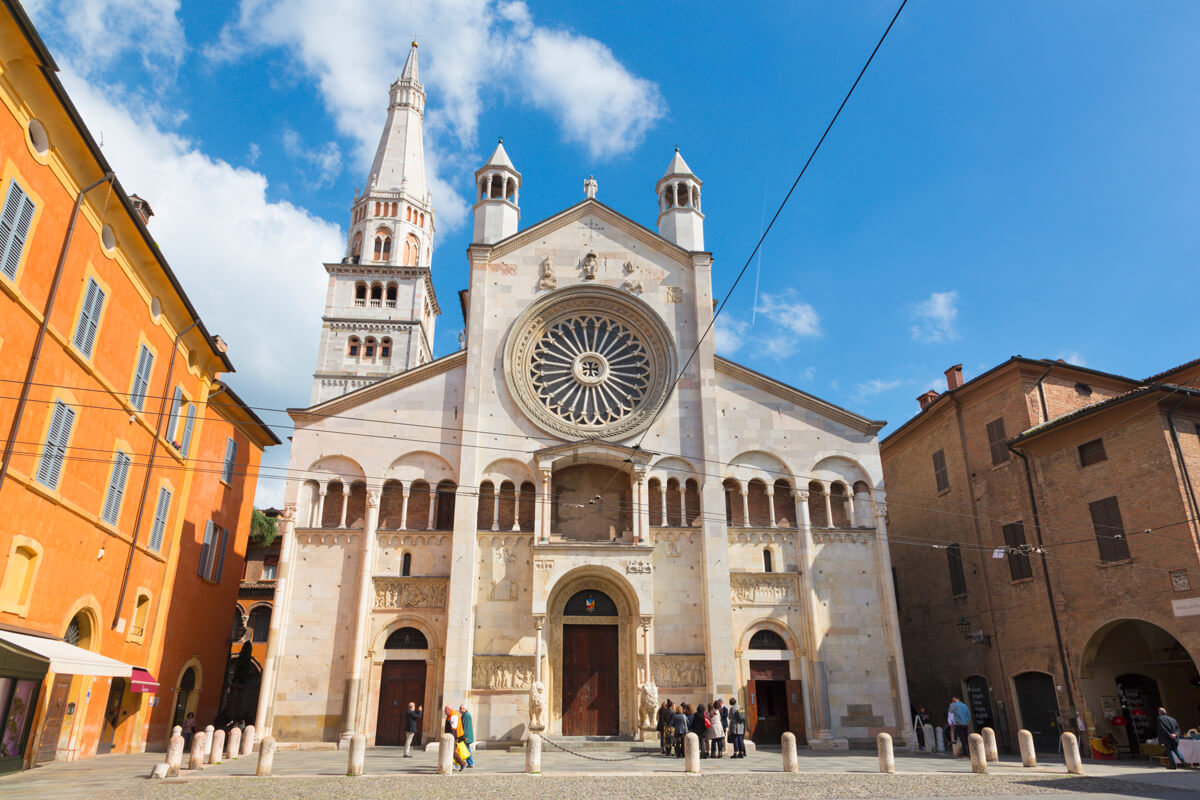
The real stars of Piazza Grande, however, are the Duomo – or rather, the Cathedral of Santa Maria Assunta in Cielo and San Geminiano – and the Ghirlandina, its bell tower as well as the symbol of the city.
A masterpiece of Romanesque art, Modena Cathedral was inaugurated in the 14th century, but the foundation stone was laid as far back as 1099. Two names stand out in the genesis of this architectural jewel: that of the architect Wiligelmo, to whom we owe the design of the cathedral, and that of Lanfranco, creator of the numerous sacred and profane bas-reliefs adorning the façade and portals of the church. Once across the threshold, we recommend a visit to the crypt, which houses the sculpture of the so-called ‘Madonna della Pappa’, as well as the remains of San Geminiano.
Let’s head back to the square to take a closer look at the Torre Ghirlandina, a tower that owes its name to the balustrades of the spire, which embrace it like garlands (ghirlande in Italian).
Open by appointment, the tower houses a copy of the 14th-century ‘secchia rapita’, a humble wooden bucket that has become a symbol of the ancient dispute between the cities of Modena and Bologna.
4. Balsamic Vinegar Factory
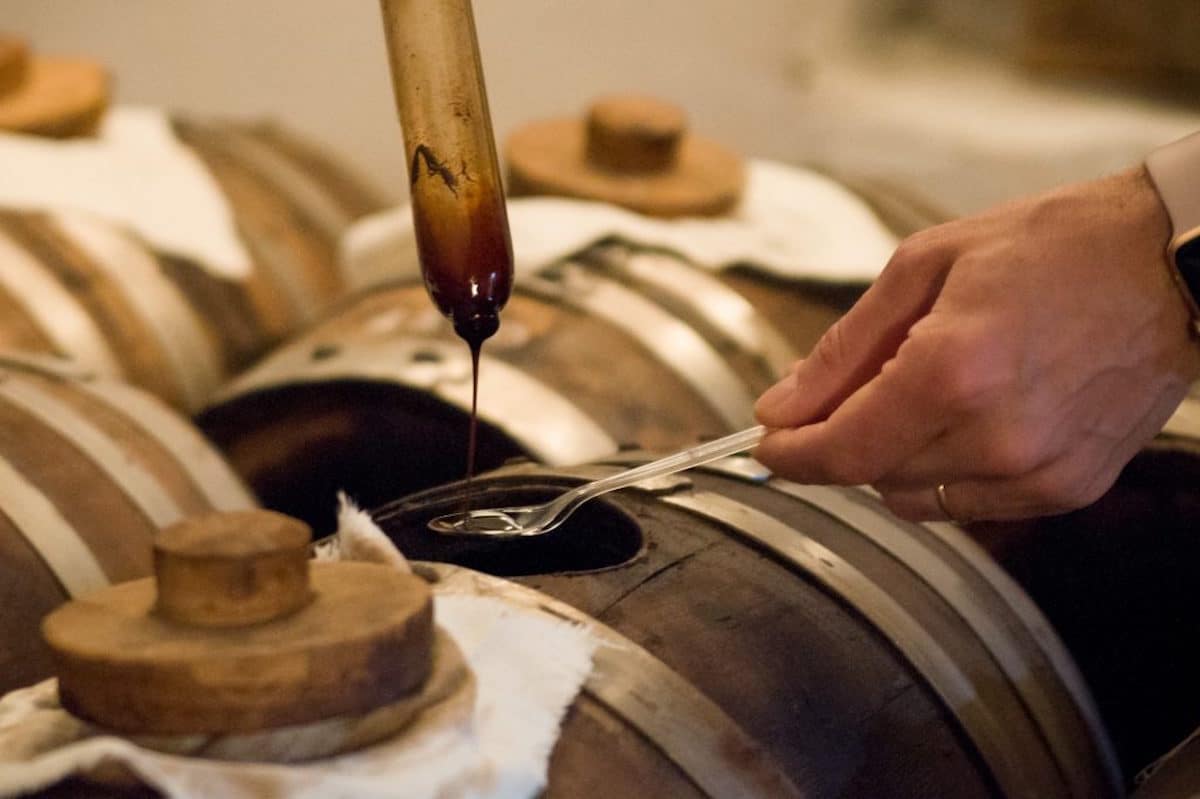
For the next stop on our tour of Modena, you don’t have to go far. The Acetaia Comunale (Municipal Vinegar Works) overlooks Piazza Grande square, and is located in the attic of the Palazzo Comunale (City Hall). This is the ideal place to discover all the secrets of Traditional Balsamic Vinegar of Modena PDO, also known as the black gold of Modena. Inside, you can find three sets of barrels, two small and one large, that preserve this excellent product. Recommended for lovers of balsamic vinegar and of traditions that are lost in the mists of time.
5. Albinelli Historical Market

If a visit to the Acetaia Comunale has aroused your interest and also a certain appetite, the Albinelli Market will certainly satisfy your gastronomic curiosity. Wandering around this fascinating Art Nouveau structure, you will find many stalls and shops full of fruit, vegetables, baked goods and other foodstuffs, as well as a number of bistros where you can stop for a break and taste the city’s typical dishes – first and foremost tortellini, but also gnocco fritto and cured meats, washed down with an inevitable glass of Lambrusco.
6. Municipal Theatre

One of the reasons why Modena has become famous internationally is music, particularly opera. And speaking of opera, the first name that comes to mind is that of Luciano Pavarotti, who was born and (musically) bred right here, in Modena.
A short 10-minute walk takes us to the theatre named after him following his death in 2007, the Teatro Comunale Pavarotti-Freni, which welcomes visitors with a bronze statue of the tenor – arms outstretched and holding a scarf, as he used to thank the audience after each performance – placed under the entrance portico.
Featuring a neoclassical façade, the building dates back to 1841 and hosts performances of various kinds, ranging from opera to ballets. Its splendid interior can be visited with a pre-booked guided tour.
7. Ducal Palace - Military Academy
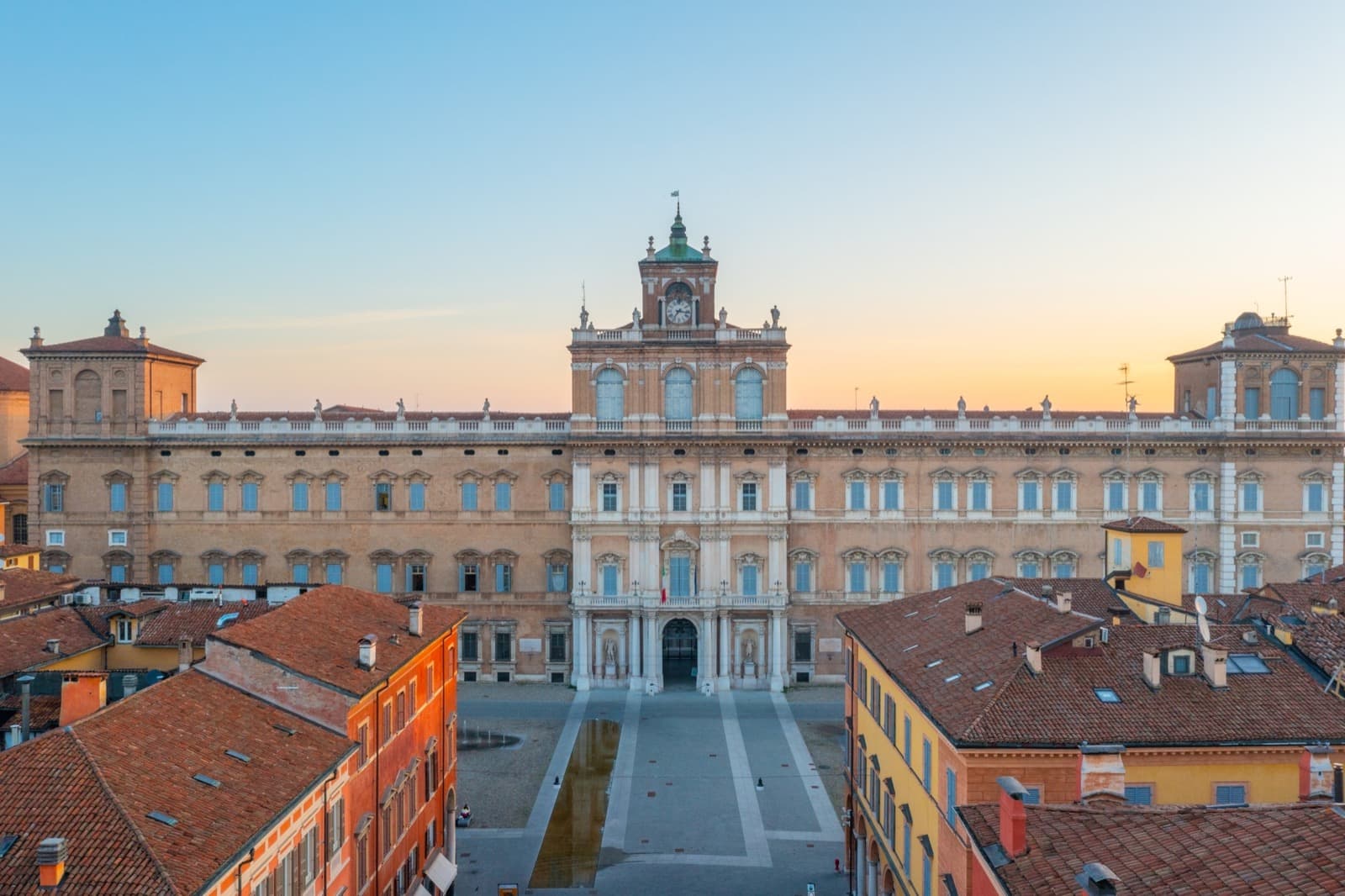
The next stop on our journey to Modena brings us to an unmissable building in the city centre. Sumptuously baroque, the Ducal Palace (now the Military Academy) reminds us that the city was the capital of the Este dukedom, and therefore deserved a palace worthy of its status.
So it was that in 1634 Francesco I d’Este decided to entrust the architect Bartolomeo Avanzini with the construction of a new residence in the heart of the city. The result was the magnificent building we can see today in Piazza Roma that is partially open to the public. The open areas include the private flat of the Dukes and the Apartment of Representation.
8. Ducal Garden
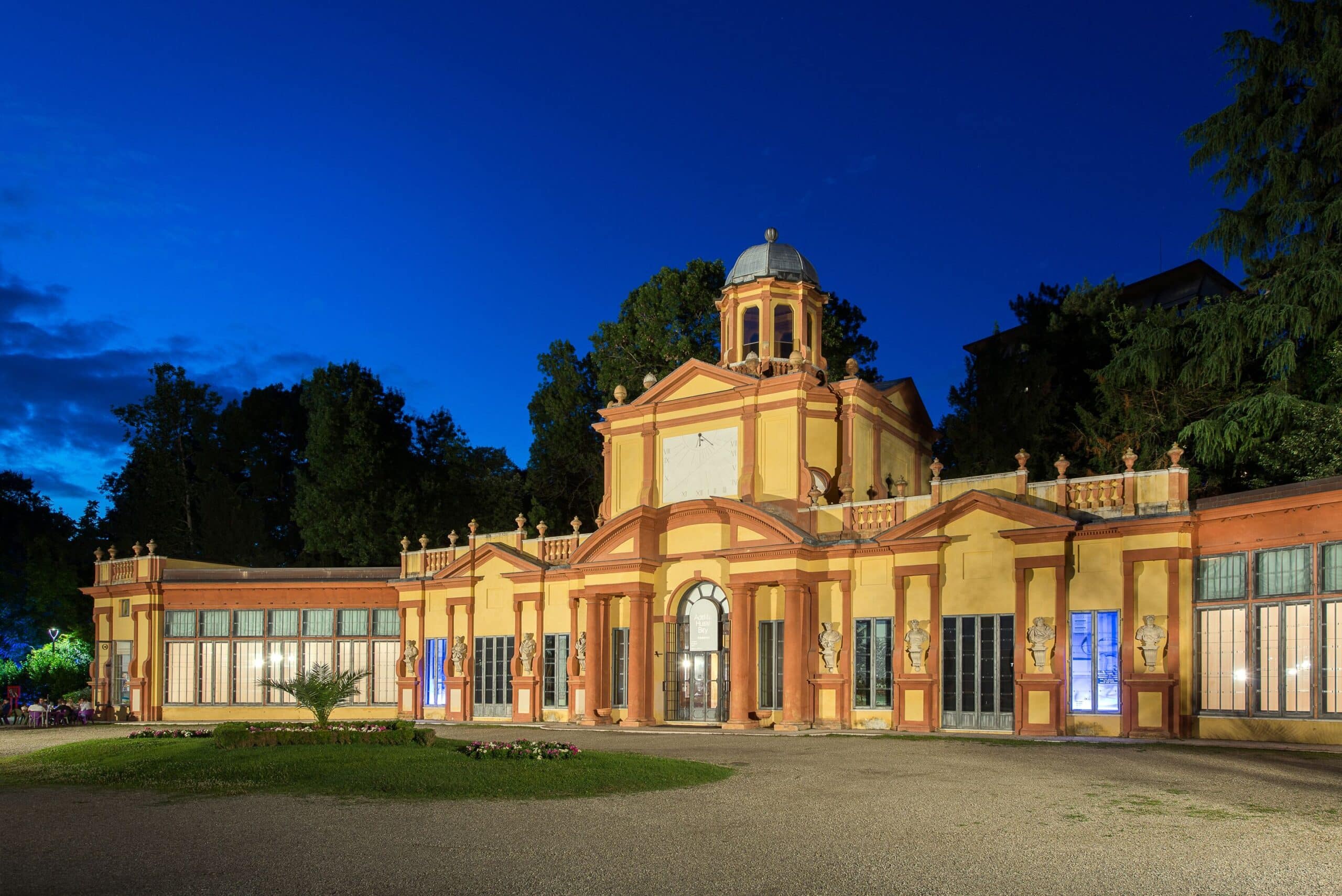
Like any respectable stately home, the Ducal Palace in Modena was also endowed with a splendid garden. Today’s most important historical park in the city was actually designed under the rule of Duke Francesco I with a Renaissance layout that is still recognisable today, and then donated to the city in 1739.
It is the perfect place to relax in the greenery while admiring the 17th-century Palazzina Vigarani that stands at the end of the central avenue, created as a place of entertainment for the Este court and now home to art exhibitions.
9. Figurine Museum
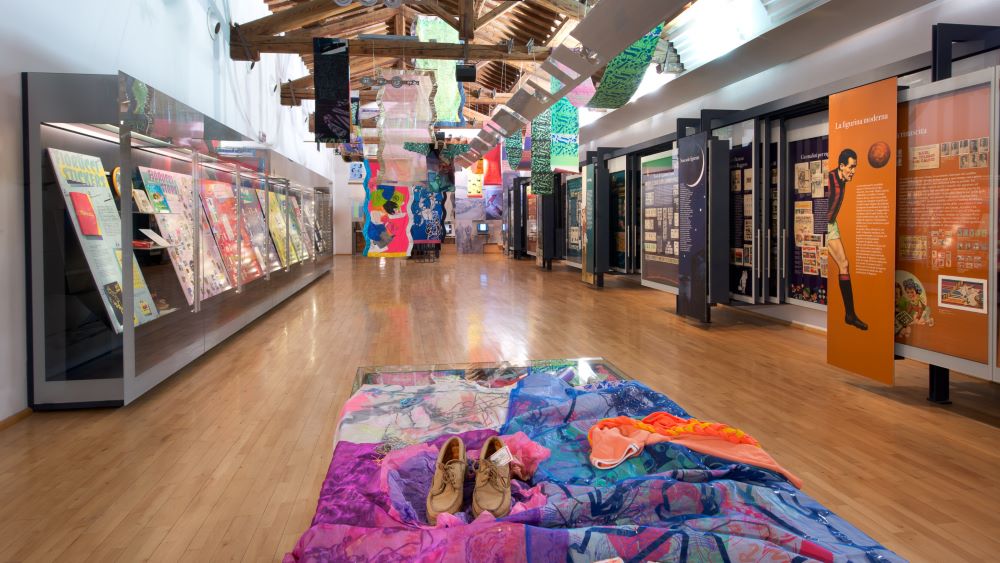
Not everyone knows that the city of Modena is considered the world capital of modern figurines. This title is inextricably linked to Panini, the historic Modenese company founded by the brothers Giuseppe, Benito, Franco Cosimo and Umberto, which has been producing figurines, albums and comics since the 1960s.
Inaugurated in 2006, the Figurine Museum is located inside Palazzo Santa Margherita, a few steps from the Ducal Estense Garden and other points of interest in the centre. The museum houses a very rich collection of figurines – over 500,000 examples – donated to the city by Giuseppe himself, as well as a wealth of calendars, advertising materials, matchboxes and other objects that were the forerunners of the actual figurine.
10. Enzo Ferrari Museum

Modena is the birthplace of Enzo Ferrari, that’s a well-known fact. It is perhaps less well known that the city hosts a museum that is completely dedicated to the figure of the “Drake “and his legendary creations.
Just a stone’s throw from the city centre, the museum is a complex structure encompassing several areas: the Officina Meccanica Alfredo Ferrari, which houses the Museo dei Motori, and a futuristic, yellow-roofed building built in the 2000s, which incorporated the house where Ferrari himself was born.
The large exhibition area houses numerous cars and single-seaters, and also documents the extraordinary history of the Drake. Visitors can also experience the thrill of driving a Ferrari through the driving simulator.
Author

Maria Grazia Masotti
An eternal dreamer, but I try to stay grounded. I was raised in the countryside but I love big cities. I’m always ready for a trip, as long as it’s sustainable.
You may also like
Piacenza on foot, what to see in a 10-stage tour
by Maria Grazia Masotti /// January 17, 2025
Reggio Emilia on foot, what to see in a 10-stage tour
by Maria Grazia Masotti /// January 8, 2025
Rimini on foot, what to see in a 10-stage tour
by Maria Grazia Masotti /// February 21, 2025

Interested in our newsletter?
Every first of the month, an email (in Italian) with selected contents and upcoming events.
Parma on foot, what to see in a 10-stage tour
by Maria Grazia Masotti /// March 5, 2025
Ravenna on foot, what to see in a 10-stage tour
by Davide Marino /// February 13, 2025
